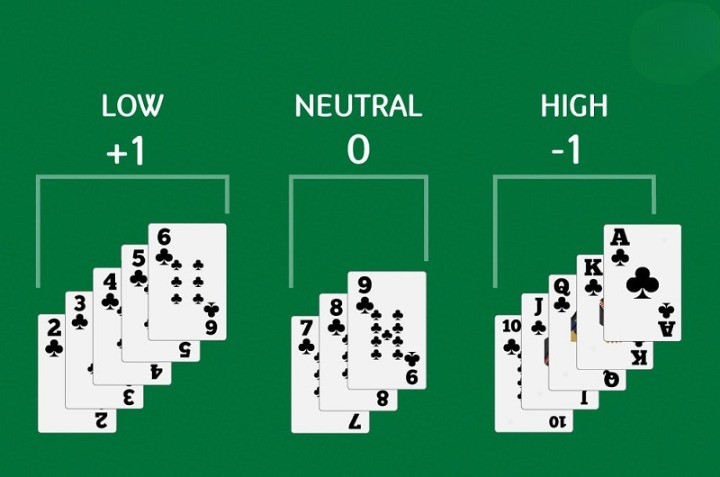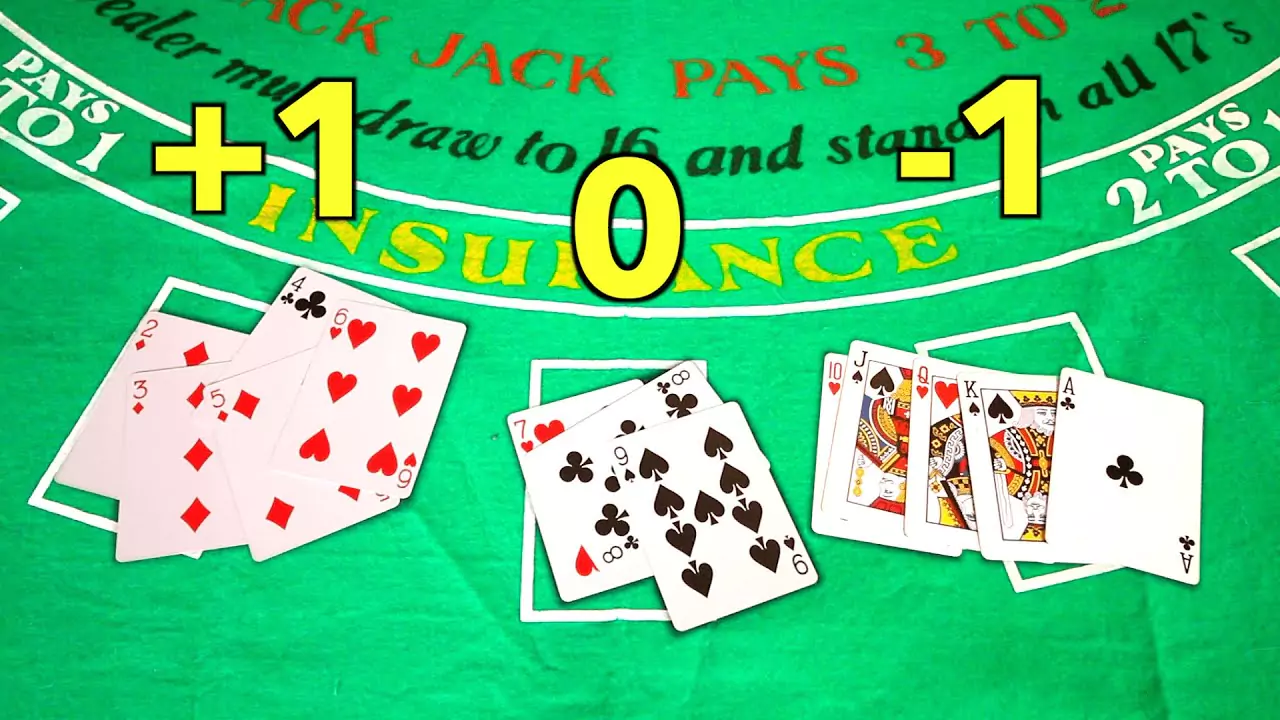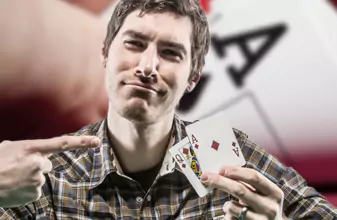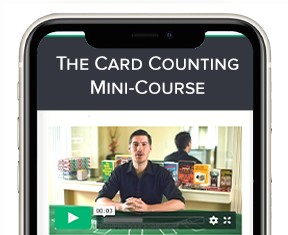-
Step 1: Give each card a value
-
Step 2: Maintain a “Running Count” according to the card values that are dealt.
-
Step 3: Utilize this data to determine the “true count,” or count per deck.
-
Step 4: Modify your wagers when the actual count increases
How to Count Cards
How to Count Cards
Four Steps Can Be Used To Count Cards:
Although it's easy, learning how to count cards can take some time.
We’ve used the art of card counting to win millions of dollars from casinos. We can teach you how to count cards in blackjack in a matter of simple steps. Card counting is typically associated with memorization.
Luckily, it has nothing to do with learning how many queens or threes are dealt out of the shoe—at least for those of us with bad recollections. When there are more Aces and 10 Value Cards (10’s, Jacks, Queens, and Kings) left in the shoe, the player has an advantage at blackjack. Thus, card counting is just keeping track of the low to high card ratio utilizing a system.
Step 1: Give Each Card a Value
The following are the card values for Hi-Lo, the most widely used card counting system:
- 2–6= 1
- 7-9 = 0
- 10-Ace = -1
You will either add 1 or subtract 1 depending on the value of each card as it is dealt, or you will do nothing.

Second Step: The Running Count
Add or subtract each card you see in each shoe to maintain a running count.
We will update our "running count" with the new information we receive as each card is dealt.

Example 1: This round's running count is 0 (zero).

Example #3: There is one running count in this round.

Example #2: This round's running count is +1.
Every time a card is removed from the shoe, a card counter counts the cards one by one and continues doing so until the dealer shuffles the deck once again. When blackjack was played with just one deck, this knowledge would have been sufficient to begin placing bets appropriately. The player gains the upper hand when the running count rises. The advantage of the casino grows if the running count drops.
Step 3: Determine The "True Count" or the Count for Each Deck
Many decks were used by casinos in an effort to foil card counters. Well done, Casinos! We only need to convert our data into a “True Count” or count per deck in order to use our running count in a multiple deck game. Below is a breakdown of each stage.
Something is very different when you have a +5 running count with 6 decks left from when you have a +5 running count and only 1 deck left. The player does not yet have the edge in the first case because there is less than one more high card in each deck. A card counter is concerned with the concentration of high cards relative to the concentration of low cards, not just the quantity of extra high cards.
We therefore know that there are 5 more 10s and Aces in the 52 cards that remain if you have a running count of 5 with only 1 deck left, giving the player the advantage! This is the reason the “True Count” is so important.
EXAMPLE #1: Our True Count is 2 if we have 5 decks left after our Running Count of 10. (10 ÷ 5)
Example #2: If we have two decks left and our running count is seven, then our true count is three. (-7 ÷ 2)
We can use this information to wager to our advantage when we use excellent basic strategy and card counting. We card counters get paid in this way! We will also know when to adjust our playing approach based on the true count. These are known as "playing deviations." To our members, we offer free charts with playing deviations.

Bonus Hint
When playing multiple deck blackjack, the correct count will always inform us what advantage we have. By dividing our Running Count by the total number of decks that need to be dealt, we can determine our True Count. The house edge in a conventional six-deck blackjack game moves half a percent in favor of the player with each true count. It follows that blackjack would be an even game if a genuine 1 eliminated the house edge. If the two are true, the house edge becomes the player’s edge, bringing the player advantage to around half of one percent. With a genuine 3, the player would have an approximate 1% advantage, and so forth. This can differ substantially based on the regulations and the number of
Step 4: Adjust Your Bets in Response to Rising and Falling True Counts

You will only be playing a mentally taxing game of blackjack if you don’t use the information you get from keeping a running count and a true count to determine when the house edge shifts in the player’s favor. You have to increase your bets as the genuine count increases if you want to profit from the knowledge that counting provides. When the player is in the lead and the count is positive or neutral, you should bet very large, and when the player is not in the lead, you should bet very little. If you don’t know how to bet correctly, you could end up doing a lot of damage to your bankroll. Proper betting strategy and bankroll management can get tricky. This piece provides
That's it then? I can now defeat casinos?
Not quite… It’s a bit more involved than this page alone could teach you. Get the full scoop, start our Mini-Course (access it below).
Launch the free mini-course on card counting.

Why Is Card Counting Effective?
A higher concentration of tens and aces in a remaining shoe means that, on average, more blackjacks will be dealt. Blackjack games If you pay 3:2 (150% of your stake), the dealer is more likely to bust (go over 21) frequently. On the other hand, fewer blackjacks are dealt and the dealer is considerably less likely to bust when there is a larger concentration of tiny cards left. These mathematical facts allow a card counter to closely monitor the concentration of the shoe, increasing bets when there are more high cards and decreasing bets when there are more low cards. Although the idea is straightforward, carrying out the plan precisely is more difficult and calls for professional guidance.
What is the Card Counting History?
The card counters who came before us, starting with Ed Thorp, are the ones we owe everything. Thorp was a mathematician who discovered that blackjack became a positive expectation for the ideal basic strategy player when a single 2 was eliminated from a deck of cards. After that, he developed a method, tested it in actual situations, and wrote the best-selling book “Beat the Dealer.” View a more comprehensive and incredibly entertaining history of blackjack and card counting written by “Loudon Ofton,” one of our staff writers who also happens to be a very accomplished card counter.
Do I Want to Work as a Card Counter?
After completing many weeks of instruction, card counters still need to understand how to manage their money properly, how to dodge casino monitoring, which rules not to follow, and how to deal with emotional and financial fluctuations. Is it worth it then? There are numerous options for earning money. We’ll be the first to acknowledge that not everyone enjoys card counting. We’ve made millions playing blackjack, and we’ve trained a lot of people to win millions at casinos. But it’s up to you to become an expert in the field and destroy the house. This in-depth article about the qualities we think are essential to become a successful card counter will help you decide if card counting is a suitable fit for you.
Launch the free mini-course on card counting.
The creator of Blackjack Apprenticeship is Colin. Colin has over 15 years of experience counting cards and has managed a multimillion dollar blackjack crew. His group has been featured in the New York Times, CNN, and The Colbert Report documentaries, Holy Rollers: The True Story of Card Counting Christians. Check out the Blackjack Apprenticeship YouTube channel for further instruction from Colin.

Markandmeasure
a comprehensive markandmeasure card counting method that teaches you how to win big at blackjack.
Copyright © Markandmeasure 2024 All Rights Reserved

